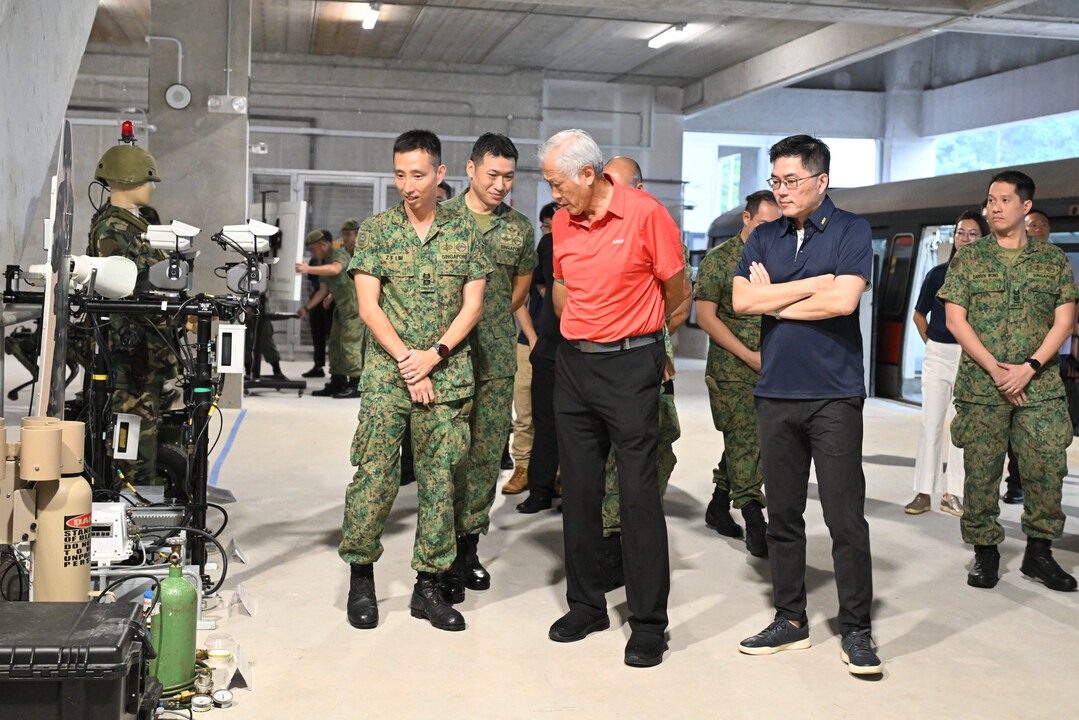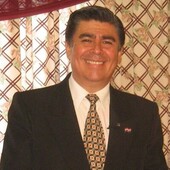
SINGAPORE - In a significant move to bolster its operational capabilities in urban environments, considered crucial in the evolving security landscape and future battlefields, Singapore has officially launched its state-of-the-art training facility, "SAFTI City." Demonstrating its immediate utility, the facility hosted joint urban combat training exercises in March between the Singapore Armed Forces (SAF) and the United States Marine Corps.
Spanning an impressive 170,000 square meters, roughly the size of 20 football fields, SAFTI City meticulously replicates the complexities of a modern urban landscape. It features over 70 diverse structures, including high-rise apartments, office buildings, a hospital, a school, bus and rail hubs, and underground tunnels. This development addresses the long-standing challenge faced by the land-scarce Singapore Armed Forces in securing adequate training space and is poised to provide soldiers with realistic training opportunities for a wide array of operations, from counter-terrorism to disaster relief and homeland security.
According to the Singapore Ministry of Defence (MINDEF), SAFTI City is equipped to leverage cutting-edge technologies and concepts prevalent in modern warfare, such as drones and robotics, effectively preparing troops for the intricacies of future urban operations. This initiative comes at a critical time, with the United Nations projecting that over two-thirds of the world's population will reside in urban areas by 2050, and the number of megacities with over 10 million inhabitants expected to rise from 33 in 2020 to 43 by 2030. SAFTI City is therefore anticipated to significantly enhance operational readiness in the urban environments that are increasingly likely to be central to future conflicts.
Speaking at the facility's inauguration in March, Singapore's Minister for Defence, Dr. Ng Eng Hen, underscored the importance of SAFTI City, stating, "SAFTI City physically embodies our commitment to provide our soldiers with realistic training environments so that they can be prepared for any situation."
Key features of SAFTI City include a dedicated training area utilizing decommissioned Mass Rapid Transit (MRT) train cars for terrorism and homeland security drills, mobile panels allowing for the reconfiguration of buildings and street layouts to suit various training scenarios, and simulated collapsed building structures to replicate disaster situations. Furthermore, the facility boasts an advanced system of smart instrumentation, video cameras, and approximately 11,000 sensors for real-time analysis of training exercises, along with the capability to operate interactive targets. Soldiers can engage in highly realistic training through laser-based simulated combat systems and 3D mobile targets that mimic human thermal signatures to enhance the effectiveness of night fighting equipment training.
The U.S. Marine Corps marked its place as the first international partner force to conduct joint training at SAFTI City in March, participating in an urban assault exercise alongside the Singapore Army. This exercise, codenamed "Valiant Mark," is part of the long-standing defense cooperation between the two nations. Beyond this, the United States also hosts Republic of Singapore Air Force (RSAF) fighter detachments, providing access to expansive airspace for training, while the Australian Defence Force offers training areas in the Shoalwater Bay Training Area in Queensland for the SAF, highlighting a pattern of robust international defense collaboration.
MINDEF reports that SAFTI City can accommodate the training of two battalions, approximately 1,200 personnel, simultaneously, with an estimated annual throughput of around 20,000 personnel. Channel News Asia (CNA) has reported future plans for the development of a simulated ferry terminal and industrial complex within SAFTI City, further expanding its training capabilities.
"SAFTI City is a key national asset, providing the highest degree of realism," emphasized Minister Ng. "This investment in a training facility will last for a generation and beyond."
More than just a training ground, SAFTI City is poised to elevate the Singapore Armed Forces' combat readiness and solidify its preparedness for future battlefields. Moreover, through joint exercises with allies like the United States, it is expected to enhance interoperability and contribute to strengthening international security cooperation.
[Copyright (c) Global Economic Times. All Rights Reserved.]





























